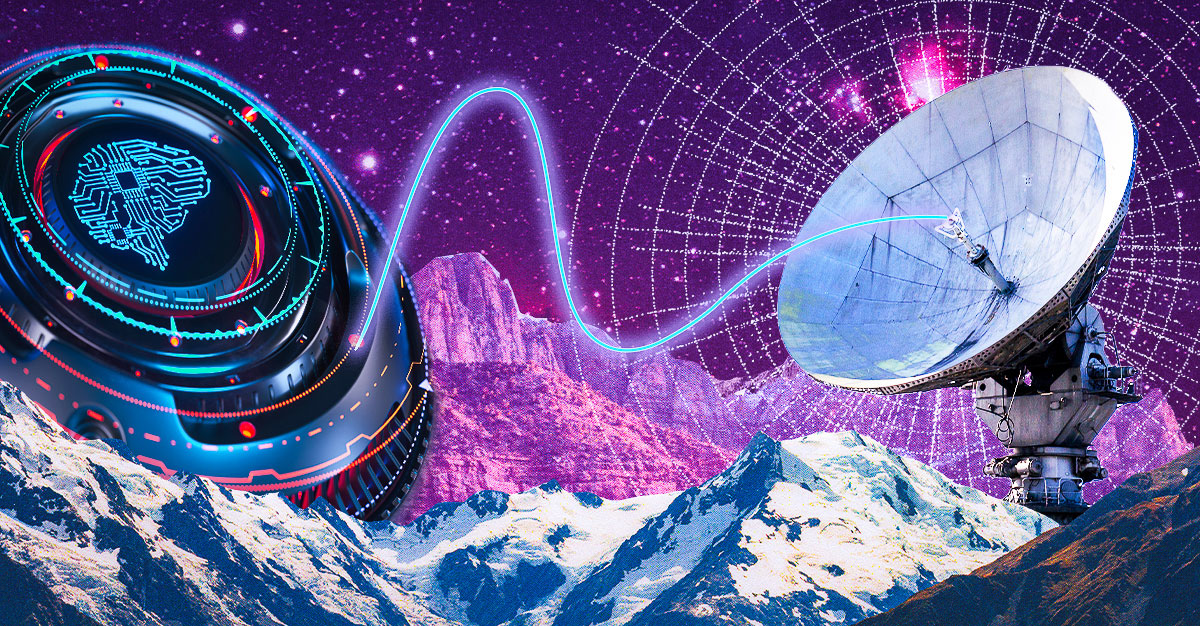
Reinforcement Deep Learning is a subfield under the umbrella of machine learning. It combines reinforcement as well as deep learning. It studies the problem of a computational agent learning to make decisions through trial and error. Deep reinforcement learning is particularly useful when there's thousands of cases of the same problem. This article will discuss the benefits of this approach. It will also discuss why this approach is ideal for applications where human-level knowledge is not sufficient. This article will also explain why this method is better than traditional machine learning.
Machine learning
A deep reinforcement network is capable of learning the structure of a decision task. Deep reinforcement networks can have multiple layers and can learn the structure of a decision-making task without human intervention. Reinforcement Learning is particularly useful for situations where input is limited. For example, when a user orders a product online or books a table in a restaurant. This type of learning allows computers to perform complex tasks without any human intervention. This isn't a foolproof method, and it can take multiple iterations before the machine determines the correct reward.

Artificial neural networks
An artificial neural net (ANN), is a mathematical structure that uses multiple layers to make decision. There are a multitude of artificial neurons in the network that can receive, process, or output information. Each input has a weight. The output of each node is controlled by the weights. An ANN is able to adjust input weights in order to minimize undesirable results. These networks typically use two types activation functions.
Goal-directed computational approaches
A goal-directed computational approach for reinforcement deep learning is a powerful method to train artificial intelligence. Reinforcement learning is a combination of many algorithms that teaches how to interact with dynamic environments. The agent learns how the policy will maximize its long-term benefit during training. The algorithm could be represented as a deep neural network, or one or several policy representations. Researchers can train these agents using reinforcement learning software.
Reward function
The reward function is a set of hyperparameters that map state action pairs to a given reward. In general, the Q value with the highest probability of success is selected for a particular state. Randomly initializing the neural network's coefficients at the beginning or reinforcement learning may cause them to be changed. The agent can adjust its weights as it learns from the environment. It can also refine the understanding of state action pairs. Here are some examples of how reward functions are used in reinforcement learning:

Training of the agent
The problem of training the agent with reinforcement learning is to find the optimal action for the agent given the current state. The agent is an abstract entity and can take many forms, including autonomous cars, robots, humans, customer support chat bots, and even go players. In reinforcement learning state is the agent's place in a virtual reality. The agent maximizes the amount of rewards it gets immediately and cumulatively by linking the reward to the action.
FAQ
Who invented AI?
Alan Turing
Turing was born 1912. His father was a clergyman, and his mother was a nurse. After being rejected by Cambridge University, he was a brilliant student of mathematics. However, he became depressed. He began playing chess, and won many tournaments. After World War II, he was employed at Bletchley Park in Britain, where he cracked German codes.
1954 was his death.
John McCarthy
McCarthy was conceived in 1928. Before joining MIT, he studied maths at Princeton University. There, he created the LISP programming languages. By 1957 he had created the foundations of modern AI.
He died in 2011.
AI is it good?
AI is seen in both a positive and a negative light. The positive side is that AI makes it possible to complete tasks faster than ever. There is no need to spend hours creating programs to do things like spreadsheets and word processing. Instead, we ask our computers for these functions.
On the negative side, people fear that AI will replace humans. Many believe robots will one day surpass their creators in intelligence. This could lead to robots taking over jobs.
How does AI work
An artificial neural system is composed of many simple processors, called neurons. Each neuron receives inputs and then processes them using mathematical operations.
Neurons can be arranged in layers. Each layer serves a different purpose. The first layer receives raw data like sounds, images, etc. It then passes this data on to the second layer, which continues processing them. Finally, the last layer generates an output.
Each neuron has its own weighting value. This value gets multiplied by new input and then added to the sum weighted of all previous values. If the number is greater than zero then the neuron activates. It sends a signal down the line telling the next neuron what to do.
This cycle continues until the network ends, at which point the final results can be produced.
How will governments regulate AI
While governments are already responsible for AI regulation, they must do so better. They need to ensure that people have control over what data is used. And they need to ensure that companies don't abuse this power by using AI for unethical purposes.
They must also ensure that there is no unfair competition between types of businesses. If you are a small business owner and want to use AI to run your business, you should be allowed to do so without being restricted by big companies.
What does AI do?
An algorithm is a sequence of instructions that instructs a computer to solve a problem. An algorithm can be described in a series of steps. Each step must be executed according to a specific condition. A computer executes each instruction sequentially until all conditions are met. This repeats until the final outcome is reached.
Let's take, for example, the square root of 5. If you wanted to find the square root of 5, you could write down every number from 1 through 10. Then calculate the square root and take the average. This is not practical so you can instead write the following formula:
sqrt(x) x^0.5
This will tell you to square the input then divide it twice and multiply it by 2.
This is the same way a computer works. It takes your input, squares and multiplies by 2 to get 0.5. Finally, it outputs the answer.
Statistics
- In 2019, AI adoption among large companies increased by 47% compared to 2018, according to the latest Artificial IntelligenceIndex report. (marsner.com)
- By using BrainBox AI, commercial buildings can reduce total energy costs by 25% and improves occupant comfort by 60%. (analyticsinsight.net)
- More than 70 percent of users claim they book trips on their phones, review travel tips, and research local landmarks and restaurants. (builtin.com)
- That's as many of us that have been in that AI space would say, it's about 70 or 80 percent of the work. (finra.org)
- In the first half of 2017, the company discovered and banned 300,000 terrorist-linked accounts, 95 percent of which were found by non-human, artificially intelligent machines. (builtin.com)
External Links
How To
How to set up Amazon Echo Dot
Amazon Echo Dot can be used to control smart home devices, such as lights and fans. You can use "Alexa" for music, weather, sports scores and more. You can make calls, ask questions, send emails, add calendar events and play games. Bluetooth speakers or headphones can be used with it (sold separately), so music can be played throughout the house.
You can connect your Alexa-enabled device to your TV via an HDMI cable or wireless adapter. If you want to use your Echo Dot with multiple TVs, just buy one wireless adapter per TV. Multiple Echoes can be paired together at the same time, so they will work together even though they aren’t physically close to each other.
These are the steps you need to follow in order to set-up your Echo Dot.
-
Your Echo Dot should be turned off
-
Connect your Echo Dot via its Ethernet port to your Wi Fi router. Make sure you turn off the power button.
-
Open the Alexa app for your tablet or phone.
-
Select Echo Dot to be added to the device list.
-
Select Add a New Device.
-
Select Echo Dot (from the drop-down) from the list.
-
Follow the instructions.
-
When prompted enter the name of the Echo Dot you want.
-
Tap Allow access.
-
Wait until the Echo Dot successfully connects to your Wi Fi.
-
Repeat this process for all Echo Dots you plan to use.
-
You can enjoy hands-free convenience